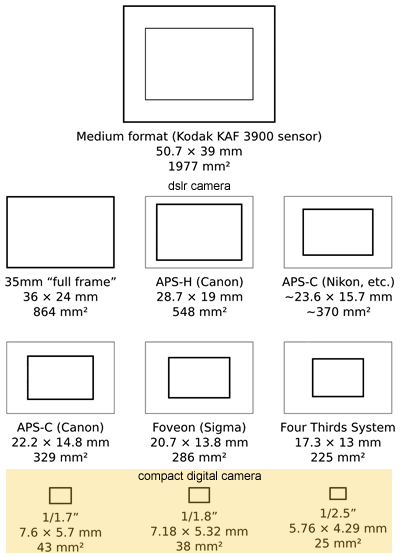Welcome to the forum.
So if I got a cheap, bottom of the line DSLR would it kick my point and shoot's butt?
In some situations (bright sunny day), the difference may not be all that apparent. But in other situation (low light, high ISO), the larger sensor will really help.
I don't know if anyone mentioned it, but another advantage that an SLR type camera has over 99% of other digital cameras, is that you can change the lens. With a P&S, even a top of the line one, you are stuck with the lens that is built in. Some of them do have pretty good lenses, but with an SLR, you have the option of adding very, very good quality lenses...or a lens that is best for the type of shooting you want to do.
For example, you could buy a $600 DSLR and attach it to a $10,000 lens, and you've got a pretty good combination.
Also, because the system is modular, it's a better investment when you buy a DSLR. For example...while you do have to spend more money to get more lenses, you can keep those lenses and upgrade the camera at a later time. And the lenses, especially the good ones, hold their value very well. You could sell them for 80% of what you paid for them, years later. But with a P&S camera, you can't sell them for much because the technology moves so fast, they become obsolete (even if they still take great photos).
 . Long ago people were taking fantastic photo's with less than half of technology we use today. How big is the gap between a top of the line digital camera and a low to mid range DSLR? And also from a bottom line base model DSLR to a top of the range one? What are the main differences between digital and SLR?
. Long ago people were taking fantastic photo's with less than half of technology we use today. How big is the gap between a top of the line digital camera and a low to mid range DSLR? And also from a bottom line base model DSLR to a top of the range one? What are the main differences between digital and SLR?


![[No title]](/data/xfmg/thumbnail/37/37521-5e19cc15e190997d963ed09c3c13ca9c.jpg?1734170681)



![[No title]](/data/xfmg/thumbnail/31/31979-ea92aca54ae865842d998c9cec534991.jpg?1734160756)


![[No title]](/data/xfmg/thumbnail/32/32926-ec27ecead8c80d803404500d8f888dbf.jpg?1734162683)



